Checks and balances are like the watchdogs of government power. They keep branches in check, preventing any one of them from getting too powerful. The legislative branch makes laws, but the executive can veto them. If that happens, Congress can try to override. Meanwhile, the judicial branch makes sure those laws play nicely with the Constitution. It's all a messy tug-of-war that protects against tyranny. Curious about how this plays out in real life? Stay tuned.
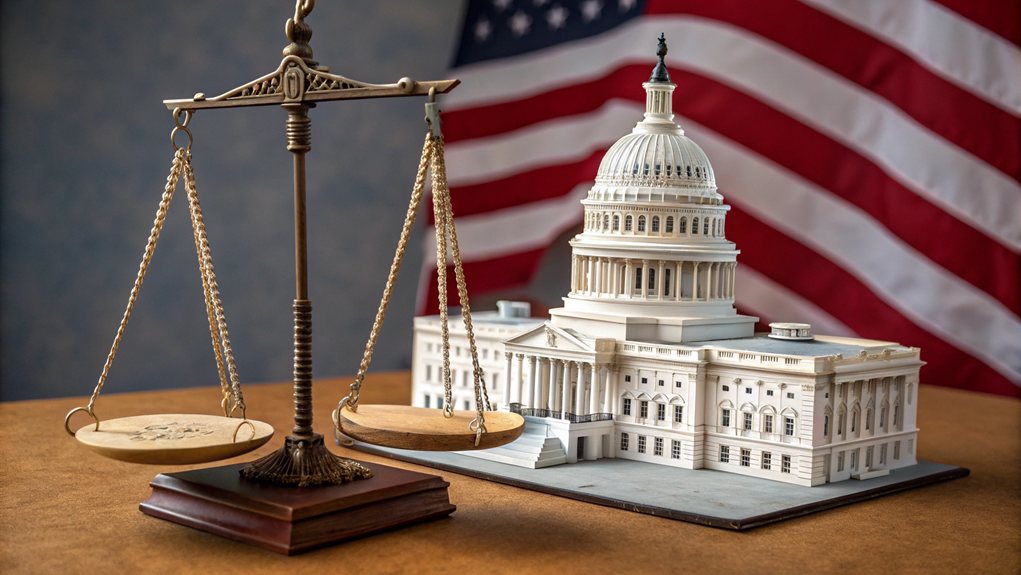
In a world where power can corrupt faster than a kid with a candy stash, checks and balances in government are like the safety net that keeps everything from tumbling into chaos. This system is designed to make sure no single branch—legislative, executive, or judicial—gets too big for its britches. It's about preventing tyranny, folks. History's big thinkers, like Montesquieu, had it right when they argued for the separation of powers. Nobody wants a dictator, right?
So, how does this work? The legislative branch, the lawmaker brigade, creates laws. But wait! The executive branch can just swoop in and veto those laws. Good luck getting anything done without a two-thirds majority to override that veto. And if the President really gets carried away, Congress has the power to impeach. Talk about checks! This system ensures that decision-making is collaborative and accountable, which helps protect democratic principles.
The legislative branch crafts laws, but the executive can veto. It's a wild game of checks and balances!
The executive branch doesn't get off easy either. It's not all fancy meetings and signing bills. Congress has the oversight power to investigate and even impeach the President. Plus, any executive action can be challenged in court. So, if the President decides to declare a national emergency just for kicks, Congress can call BS. The executive branch has the power to issue Executive Orders with force of law, but these can also be declared unconstitutional by the judicial branch.
And let's not forget the judicial branch. These folks can throw a wrench in the works by declaring laws or executive actions unconstitutional. Imagine the Supreme Court telling Congress, "Nice try, but no." They interpret laws and can even hold impeachment trials. It's a wild ride of authority checking authority. The Constitution incorporates checks and balances to prevent power accumulation, where each branch has mechanisms to limit the power of the others.
In essence, checks and balances are the ultimate game of tug-of-war. Each branch pulls on the rope, ensuring that no one party gets to run rampant. It's messy, it's complicated, but it's necessary. Without these checks, power would run amok, and that candy stash would be devoured in no time. The safety net? Stronger than ever.
Frequently Asked Questions
How Do Checks and Balances Affect Individual Rights?
Checks and balances are like the ultimate referee in the game of government. They keep things fair. If one branch gets too comfy, another steps in.
This structure is a lifesaver for individual rights. It stops the majority from bulldozing over minorities. Free speech? Protected. Privacy? Guarded. Due process? You bet.
Without these checks, it could be chaos. So, yeah, they're pretty essential for keeping individual rights intact and the government on its toes.
What Historical Examples Illustrate Checks and Balances in Action?
When it comes to historical examples of checks and balances, there's plenty to chew on.
Take the War Powers Act of 1973; Congress said, "Nope!" to Nixon's veto.
Or Andrew Johnson's impeachment? A real nail-biter. The House impeached, but the Senate was like, "Nah."
And let's not forget Marbury v. Madison—boom! Judicial review was born.
These moments clearly show how the branches keep each other in check, like a political tug-of-war.
Can Checks and Balances Lead to Government Inefficiency?
Checks and balances? Oh boy, they can definitely lead to inefficiency.
Think about it: branches bickering over every decision. It's like watching a slow-motion car crash. Delays happen. Gridlock is the name of the game. Nothing gets done because everyone wants their say, and partisan drama doesn't help.
The irony? These systems meant to prevent tyranny often create a bureaucratic mess.
How Do Checks and Balances Differ Between Countries?
Checks and balances? They look different everywhere.
In the U.S., it's all about separating powers—three branches, each with their toys.
The UK? They have no-confidence votes to kick out governments.
France? They've got a Constitutional Council keeping laws in check.
Germany mixes it up with federal courts.
Meanwhile, some countries let courts decide what's constitutional.
It's a global smorgasbord of power struggles, each with its own flavor of control. Fun, right?
What Role Do Citizens Play in Checks and Balances?
Citizens? They're the watchdogs, the noise-makers, the ones who keep the government on its toes.
When folks vote, protest, or even post on social media, they send a clear message: "We're watching!" Public opinion can be a powerful force, pushing officials to act.
And let's not forget about the media—without it, who'd know what shenanigans are happening behind closed doors?
Civic engagement? It's not just important; it's essential for democracy to breathe.
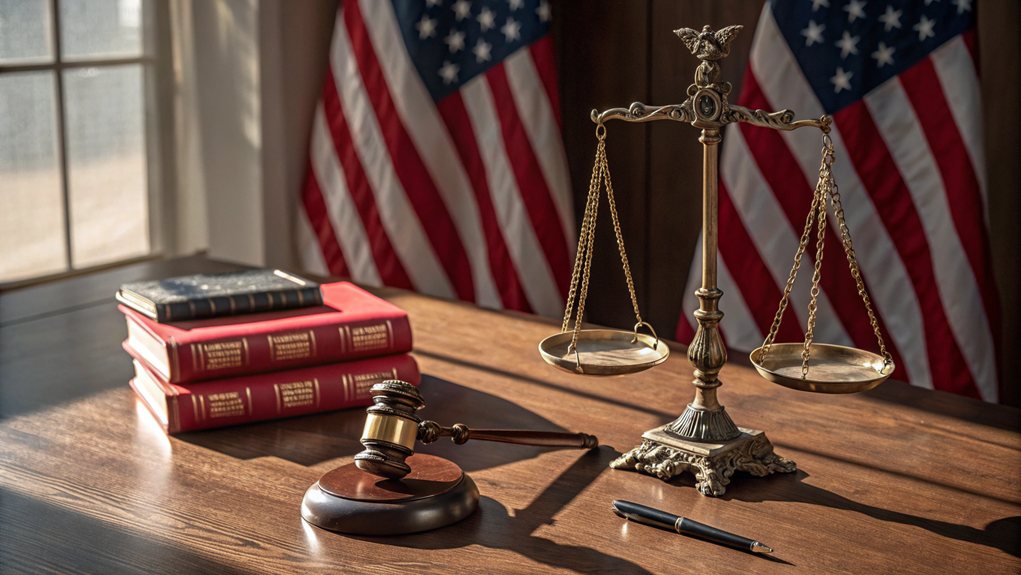
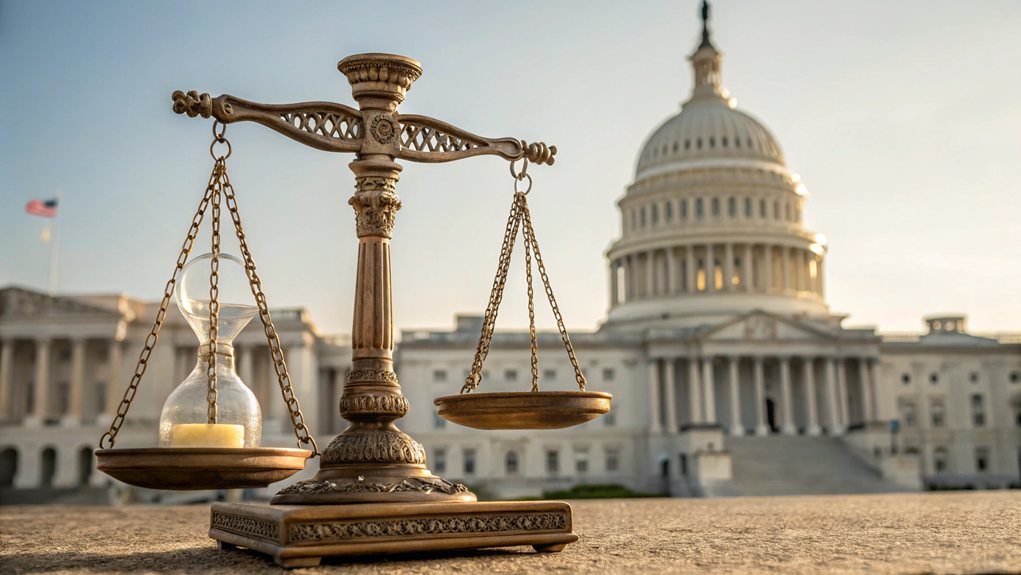
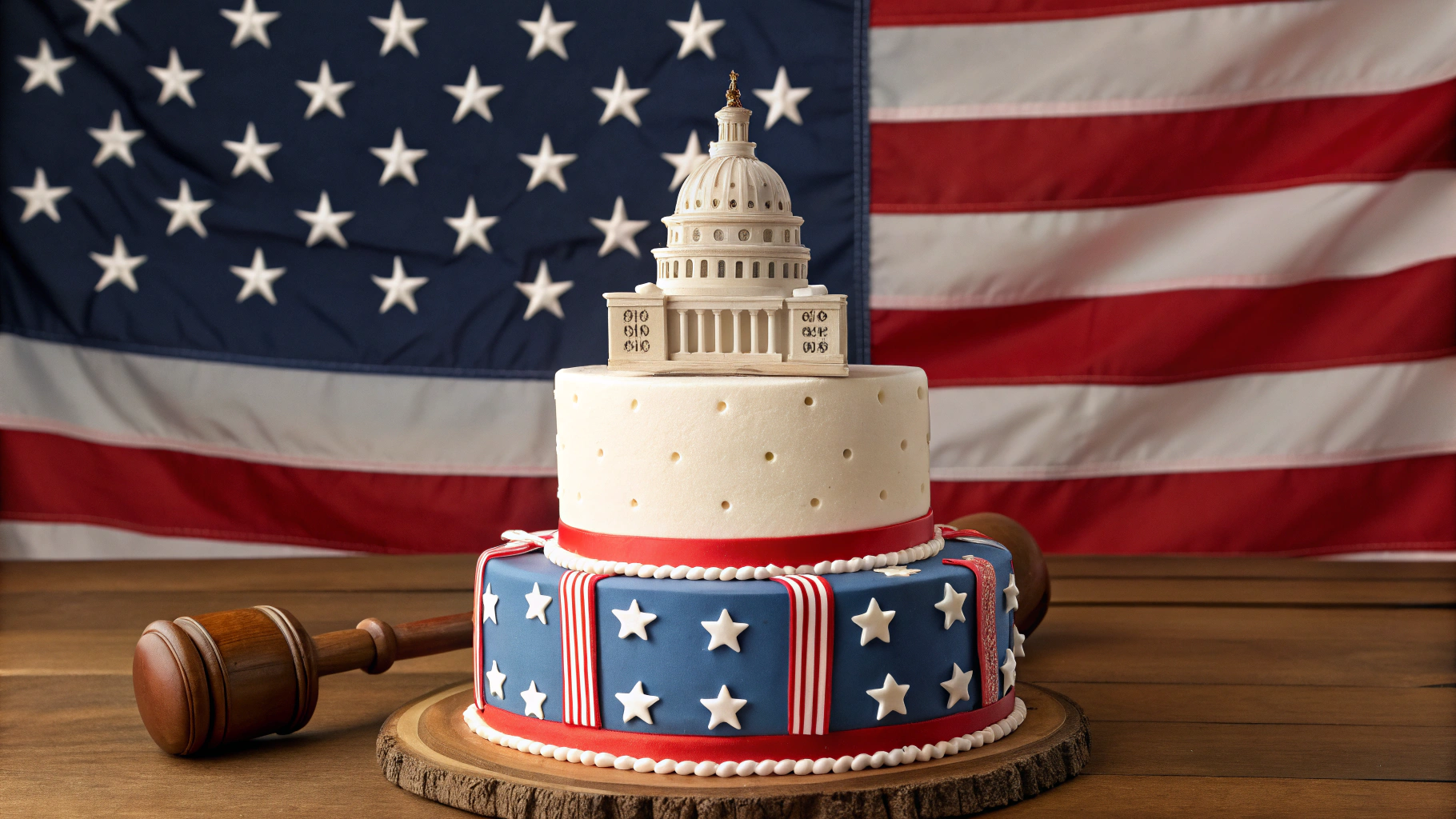
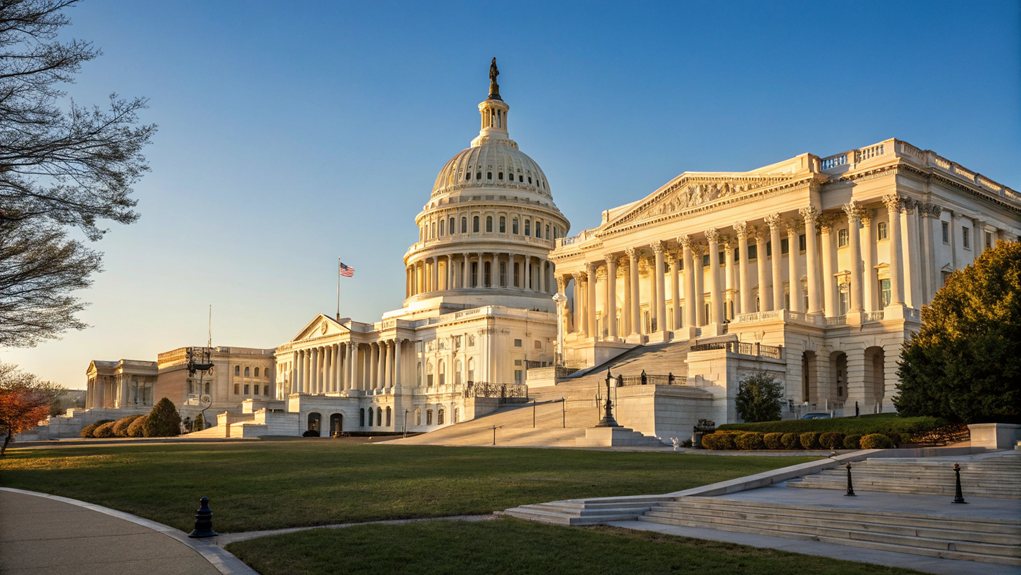

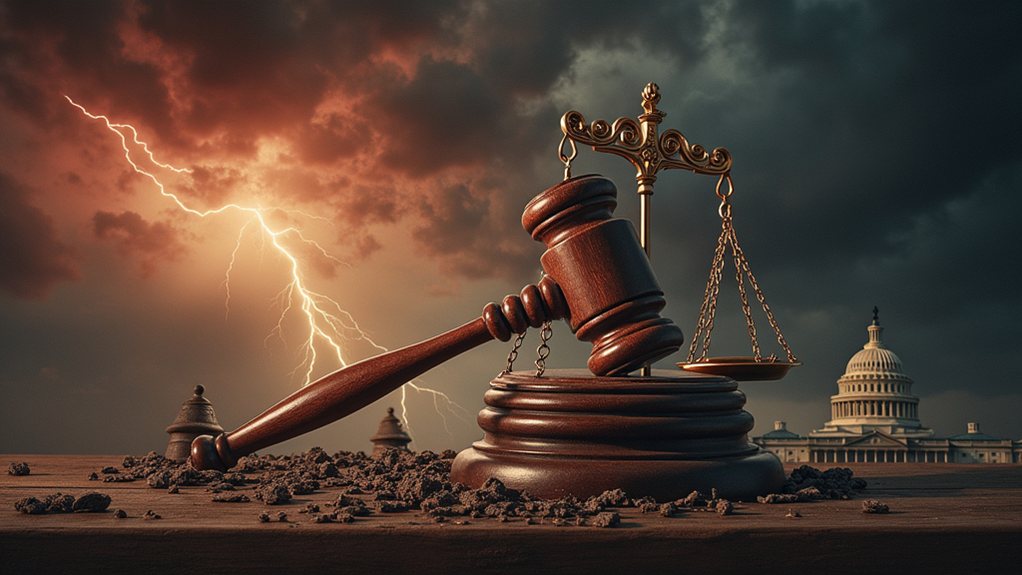

5 comments
Comments are closed.